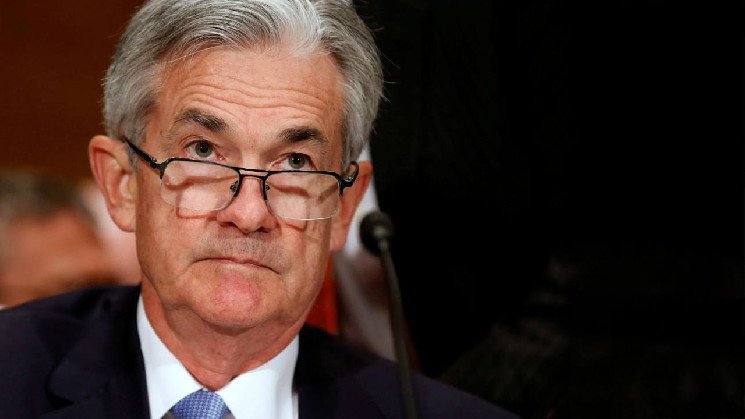With only 15 days left until the U.S. Federal Reserve’s Federal Open Market Committee (FOMC) meeting, it’s scheduled to follow just two days after the U.S. election on Nov. 7. As of now, market forecasts via CME Group’s Fedwatch tool are leaning toward a 25 basis point (bps) reduction in the target rate.
The Fed’s Nov. 7 FOMC Meeting: What Traders Are Betting On
While the 2024 U.S. election between former President Donald Trump and Vice President Kamala Harris is grabbing headlines, another major event is drawing attention: the Federal Reserve’s upcoming meeting on the federal funds rate and the economy’s health. According to the Fedwatch tool from CME Group, as of 11 a.m. Eastern Time on Wednesday, the odds of no rate change are sitting at a slim 12.5%.
The Fedwatch Tool works its magic by tracking 30-day Federal Funds futures prices to predict how the Federal Reserve might adjust interest rates. It takes those futures contract prices, calculates implied rates, and matches them against the Fed’s current target range. From there, the tool spits out market-based probabilities for different outcomes, giving investors a real-time view of potential monetary policy shifts.
Right now, the tool shows an 87.5% chance of a 25bps cut, meaning the majority of traders are banking on a quarter-point reduction at the Nov. 7 meeting. Polymarket bettors are riding the same wave, with $6.6 million in play and an 83% likelihood of a quarter-point cut matching today’s Fedwatch reading. On the flip side, there’s only a 12% chance of no rate cut, a slim 5% chance of a half-point reduction, and a laughably low -1% probability for a three-quarter-point slash.
As the U.S. Federal Reserve’s next decision on interest rates approaches, market sentiment appears strongly aligned toward a quarter-point cut. With both CME’s Fedwatch tool and Polymarket bettors heavily favoring this outcome, the anticipation surrounding the Nov. 7 meeting is palpable. While the U.S. election draws national attention, the FOMC’s choice will likely play a crucial role in shaping economic expectations moving forward, regardless of the political climate.
Read the full article here
